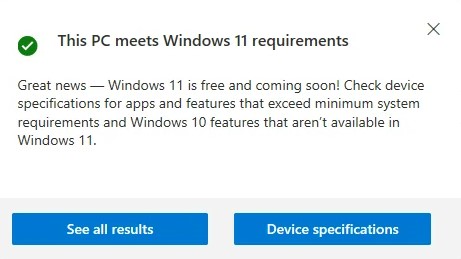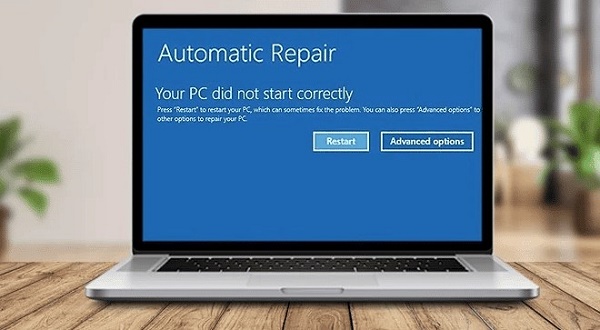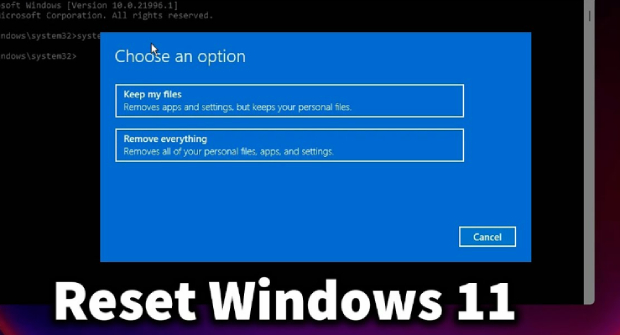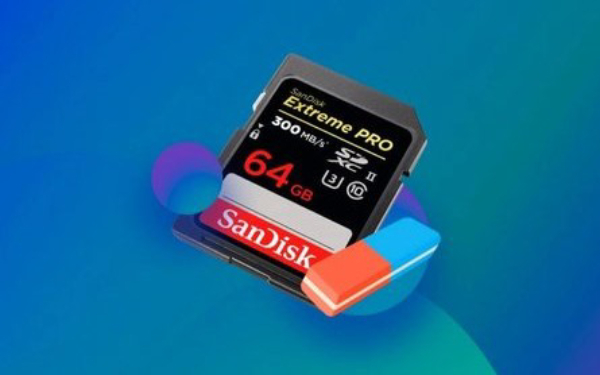How to Fix PC Turns on but No Display
You press the power button excited to start your day, but suddenly your excitement turns into panic as your PC turns on, the fans start spinning, yet nothing shows up on your screen. A blank display greets you when your computer was working just fine the night before. A lot of users have experienced this annoyance at one time or another. Not to worry though, many causes could be preventing your monitor from displaying anything.
Stick with us here, and we'll walk you through the most common reasons for having no display on a turned on computer. With some simple troubleshooting steps, you can get to the bottom of this in no time. Now let's get that monitor up and running.
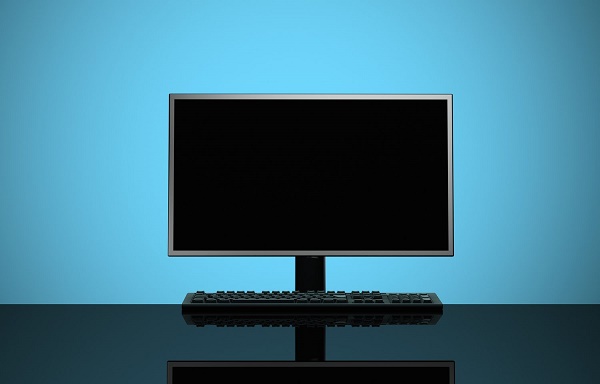
Part 1: What Is the PC Turns on but No Display?
You press the power button, lights flash, and fans spin inside your computer case, but the monitor remains black. No display appears showing your welcome screen or desktop. This frightening problem is known as the "PC turns on but no display" issue.
Basically, your computer powers on but fails to send a video signal to your monitor or keyboard. So you're left staring at a blank dark screen when booting up, despite signs of life inside the machine.
Causes can include:
- Faulty power or video cables
- Incorrect monitor settings
- Failed graphics card or RAM
- Damaged motherboard components
- BIOS configuration problems
Part 2: How to Recover Your Data when PC Turns on but No Display?
When your PC powers on without displaying anything, your data could be at risk if the issues are hardware-related. Having a reliable data recovery tool like 4DDiG Windows Data Recovery can save the day.
With over 16 years of recovery experience and patented technology, 4DDiG makes it easy to get back lost files from crashed PCs or devices that won't boot properly.
Its intuitive interface lets you quickly scan drives and preview found files to rescue what you need. 4DDiG works directly from Windows, creating bootable drives as needed to fix more serious crashes.
Secure
Download
Secure
Download
Key Features of 4DDiG Windows Data Recovery:
- Recovers 2000+ types of lost or deleted files from PCs and storage devices
- Creates bootable drives to fix crashed systems
- Repairs corrupted photos and video files
- Retrieves data lost due to deletion, formatting, OS crashes, viruses and more
- Supports latest Windows systems and hardware including portable devices
- Very high 98%+ success rate for recovering files across devices/scenarios
With top-line capabilities tailored for Windows users, 4DDIG is the premier choice to rescue your files when facing dark displays.
Here are the steps to use 4DDiG Windows Data Recovery to rescue data:
-
If the computer turns on but displays nothing, open the case and remove the internal hard drive. Use a USB adapter to connect this drive to a working computer.

-
Download and install 4DDiG on the working computer. Open 4DDiG. Select the connected problematic drive and click "Start" to scan it..

-
Once the scan completes, preview found files from the unresponsive system. Select the items you need and choose a safe storage location to recover to.

Part 3: How to Fix PC Turns on but No Display?
Dealing with a computer that powers on but doesn't display anything can be frustrating. However, there are several troubleshooting steps you can try to get your monitor working again. Let's go through them one-by-one:
Way 1: Make Sure Your Monitor Is Working Properly
If your PC powers on but the screen remains blank, verifying your monitor's functionality is one of the first troubleshooting steps. Follow these actions:
- Check if the monitor is getting power by looking for the power light. Most displays have an LED light that indicates when it's getting electricity.
- If the monitor's power light is off, unplug the power cord from both the outlet and monitor. Wait 30 seconds then reconnect it firmly at both ends. This cycle can get a display working again.
-
Turn on your monitor again. If the power light still doesn't illuminate or you see no image, the issue likely lies with the display itself rather than the computer. Consider taking it to a repair shop for servicing.

Way 2: Check if You Really Restart Your PC
Sometimes a computer appears to be off when it's actually stuck in Sleep or Hibernate mode. This can prevent your display and peripherals from waking up correctly. To rule out these power-saving states as the culprit:
- Press and hold the power button for 5-10 seconds to force a full shut down.
- Press the button again to restart your computer. Allow your machine ample time to boot up completely.
- Once loaded, try your display and connected devices like keyboard and mouse again.
- If the blank or black screen is resolved after this full restart process, you likely just needed a fresh reboot from a powered off state to get going again.
Way 3: Ensure the Correct Power Supply Voltage
If your power supply unit (PSU) is not providing the expected voltage for your region, it can prevent your computer from booting up properly and displaying anything.
- Shut down your computer fully and unplug the PSU from power. Open up your computer case.
- Look for the small red switch on the back of the PSU labeled 110V or 220V. This controls the output voltage based on your location.
- Make sure the switch position matches the standard wall outlet voltage in your country. In the US and Canada it is 110V. In most other regions it is 220V.
- Change the switch if needed so it pairs with your wall power.
- Close up the case and plug the PSU back in. Turn on your computer and see if the display now works on reboot.
Way 4: Hard Reset Your PC when PC Turns on but No Display
If your computer powers on but shows nothing on the screen, performing a hard reset can override any underlying software issues causing the problem. Here is how to hard reset a laptop:
- Turn off the laptop fully. Remove any connected devices like USB drives.
- Unplug the AC power adapter from both the outlet and laptop.
- Remove the battery from the battery compartment underneath.
- Hold down the Power button for 15 seconds to drain residual electricity.
- Reinsert the battery and reconnect the AC adapter. Don't reconnect peripherals yet.
- Press the Power button to turn on your laptop. It should load normally or prompt you to launch Startup Repair.
- If a repair screen appears, select the "Start Windows Normally" option.
- Once Windows opens, reconnect external devices one by one while testing.
This process clears out unstable software states by draining and restoring full power. Allow Windows to start without other devices first. If successful, your display issue is software-related instead of a hardware failure.
Part 4: What Else Ways to Fix PC Turns on but No Display?
If the usual tips fell short, worry not! Our guide reveals additional tricks to bring your PC display back to life. Let's troubleshoot step by step and get your screen up and running.
Way 1: Clear the BIOS Memory to Fix PC Turns on but No Display
Incorrect BIOS settings can sometimes prevent your computer from booting properly and displaying video. Resetting its CMOS memory clears out these settings.
- Fully shut down your PC. Unplug all power cords from electrical outlets.
- Open up your computer's case and locate the small watch-style battery on the motherboard. This is the CMOS battery.
-
Very carefully remove the CMOS battery from its holder on the motherboard. This may require a bit of wiggling with a non-conductive tool.

- Wait at least 5 minutes before reinserting the battery. This clears the CMOS memory.
- Replace the battery, close up your case, reconnect power cords, and turn your computer back on.
- As it boots, enter BIOS Setup to reset any custom values or re-enable devices. Then try loading Windows normally.
If going into BIOS to reset settings or this CMOS reset process allows Windows to start displaying again, you know the cause was incorrect BIOS options that were fixed.
Way 2: Reseat the Memory Modules
If a stick of RAM has come loose from its slot, it can prevent your computer from booting properly and displaying video. Reseating the memory modules may fix this.
- Fully shut down and unplug the power cable from the computer. Open up the case.
- Locate the RAM slots on the motherboard. Look closely for any modules sticking up at an angle, which indicates looseness.
- Gently press down on both side latches for each RAM module at the same time. This will partially eject it from the slot.
-
Pull the module fully out then firmly reinsert it back into place. The latches should click closed again securely.

- If you found any loose modules, repeat Steps 3-4 to reseat them.
- Replace case panels, reconnect power, and turn on the PC. See if properly seated memory was the issue.
Reseating any dislodged RAM sticks reestablishes the vital data pathway to components. If this got your display functioning again, you know the black screen was due to simple memory connection problems.
Way 3: Check Hardware to Fix PC Turns on but No Display
If your computer powers on but the monitor shows nothing, physically inspecting the hardware ports and cables can reveal connection issues preventing video output.
- Ensure your monitor and any other peripherals are completely disconnected from the computer.
- Power down the system fully. Carefully inspect the ends of the video (VGA, DVI or HDMI) cable between the monitor and PC.
- Check if any pins look damaged or bent. Also examine the ports they plug into for similar damage. Issues here prevent proper video signals.
- If damage is found, you will likely need to replace the faulty cable or take the computer into a repair shop to replace damaged ports. This is intricate work.
- If no physical damage is visible, firmly reconnect the video cable and peripherals. Power on to test if connections were the issue and your display now works.
Way 4: Ask for Manufacturer's Technical Support
If you have tried all the previous troubleshooting steps but your computer still powers on without displaying anything on the monitor, reaching out to the device manufacturer for assistance is the next logical step.
Most major producers like Dell, HP, Lenovo, etc. provide technical support resources for their products when consumers can't resolve issues independently.
Part 4: Frequently Asked Questions
Q: Why does the PC turn on but No Display and the screen is black?
Ans: The most common reasons for a computer powering on but showing no display are issues with wiring, components like RAM or the graphics card, incorrect settings, or hardware damage preventing a video signal to the monitor.
Q: What buttons do I press to reset my laptop?
Ans: You can reset a laptop by first fully powering it down, then pressing and holding the Power button for at least 20 seconds before tapping it once to turn your laptop back on.
Q: What is the key to hard reset a computer?
Ans: The key to performing a hard reset is to fully drain fleeting power by long-pressing the power button with battery and adapters disconnected before restoring standby electricity.
Conclusion
Finding yourself staring at a blank screen when your computer powers on can be incredibly frustrating. Now armed with 8 different troubleshooting ways to get your display functioning again, you're prepared to methodically diagnose the root cause. And with the data recovery capabilities of 4DDiG Windows Data Recovery in your toolkit, you can safely rescue important files, just in case any hardware problems arise. Just follow these tips, stay calm, and your monitor should glow back to life in no time. Let us know which solution does the trick!

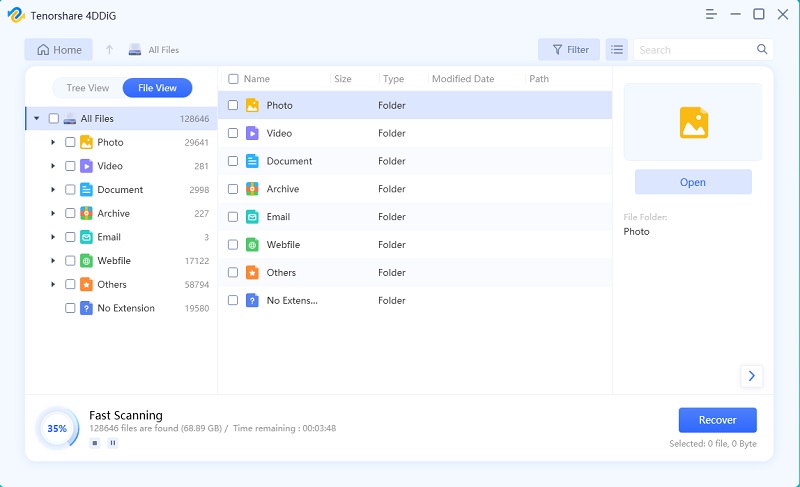
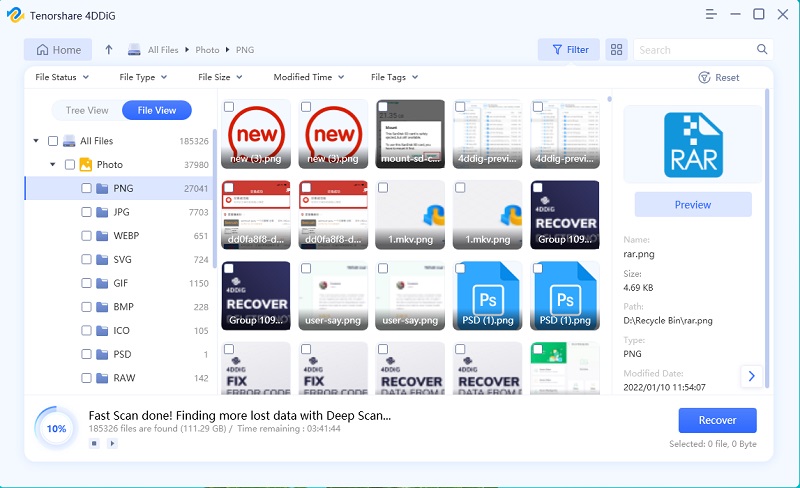

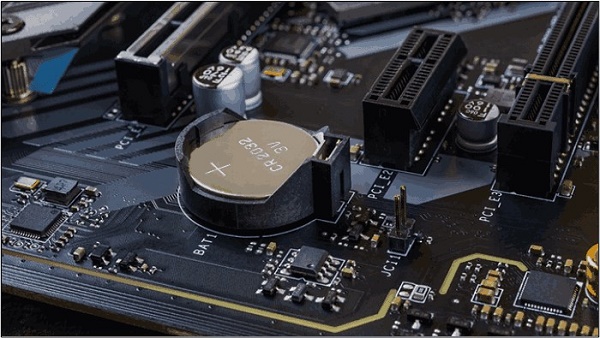
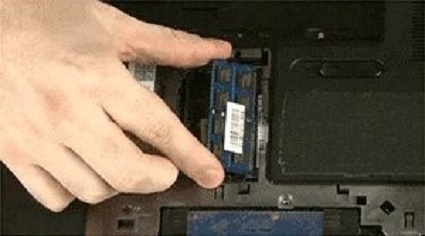
 ChatGPT
ChatGPT
 Perplexity
Perplexity
 Google AI Mode
Google AI Mode
 Grok
Grok


